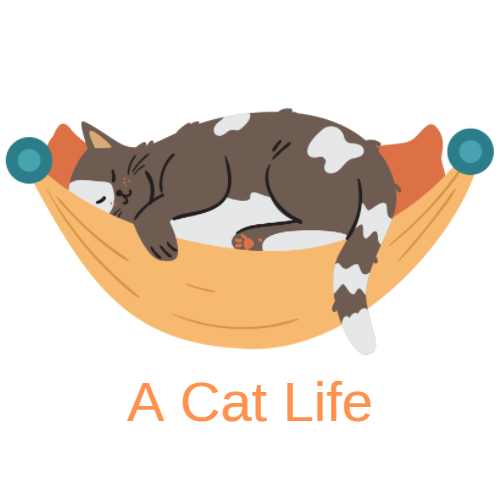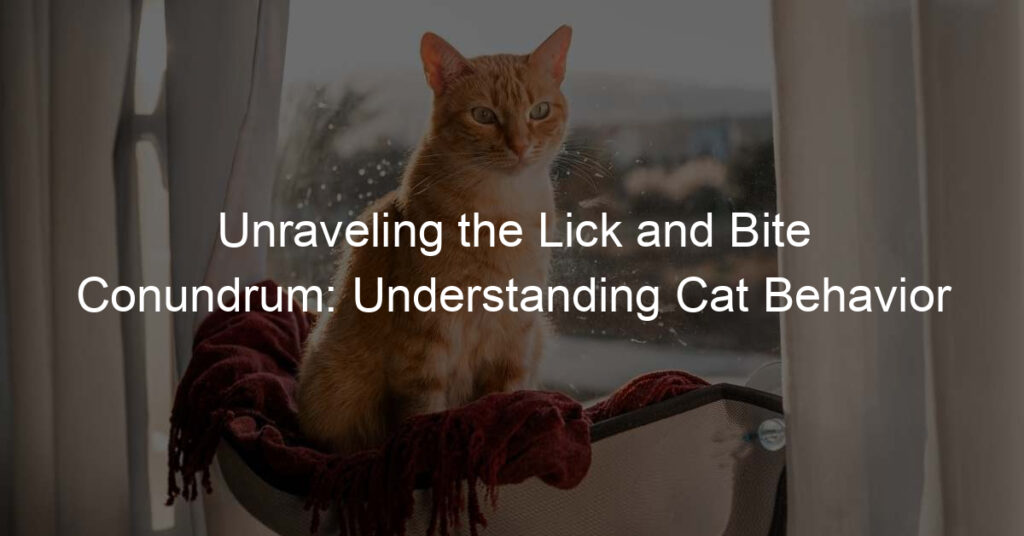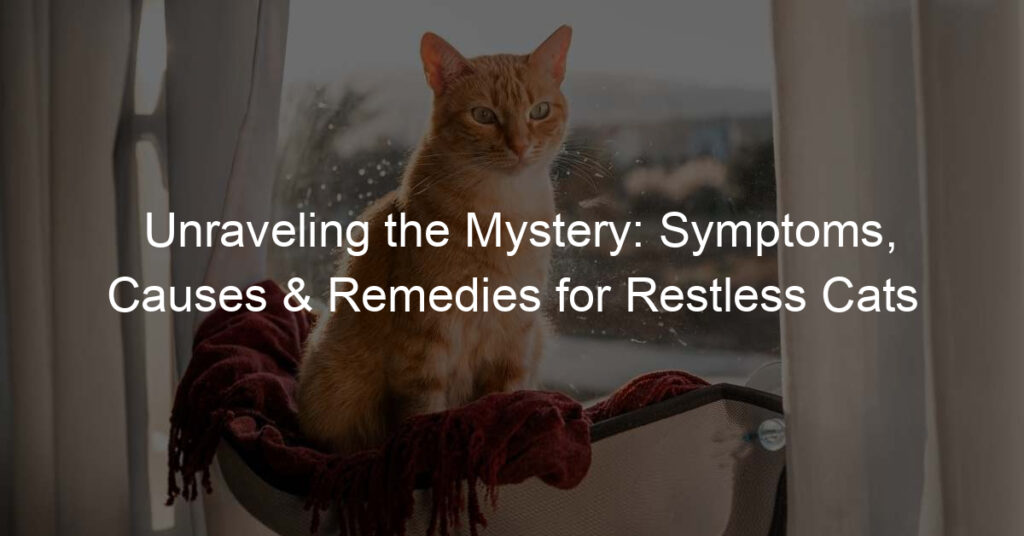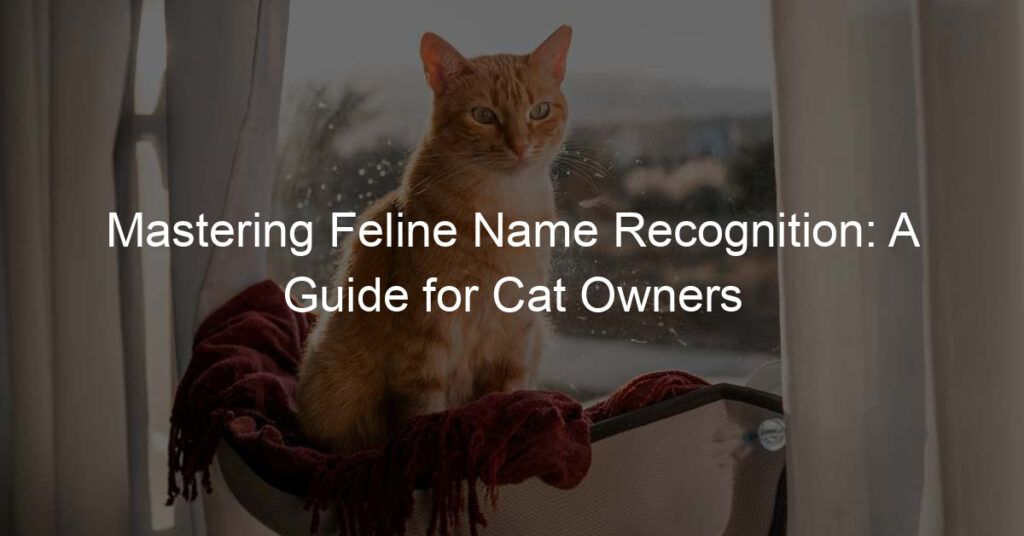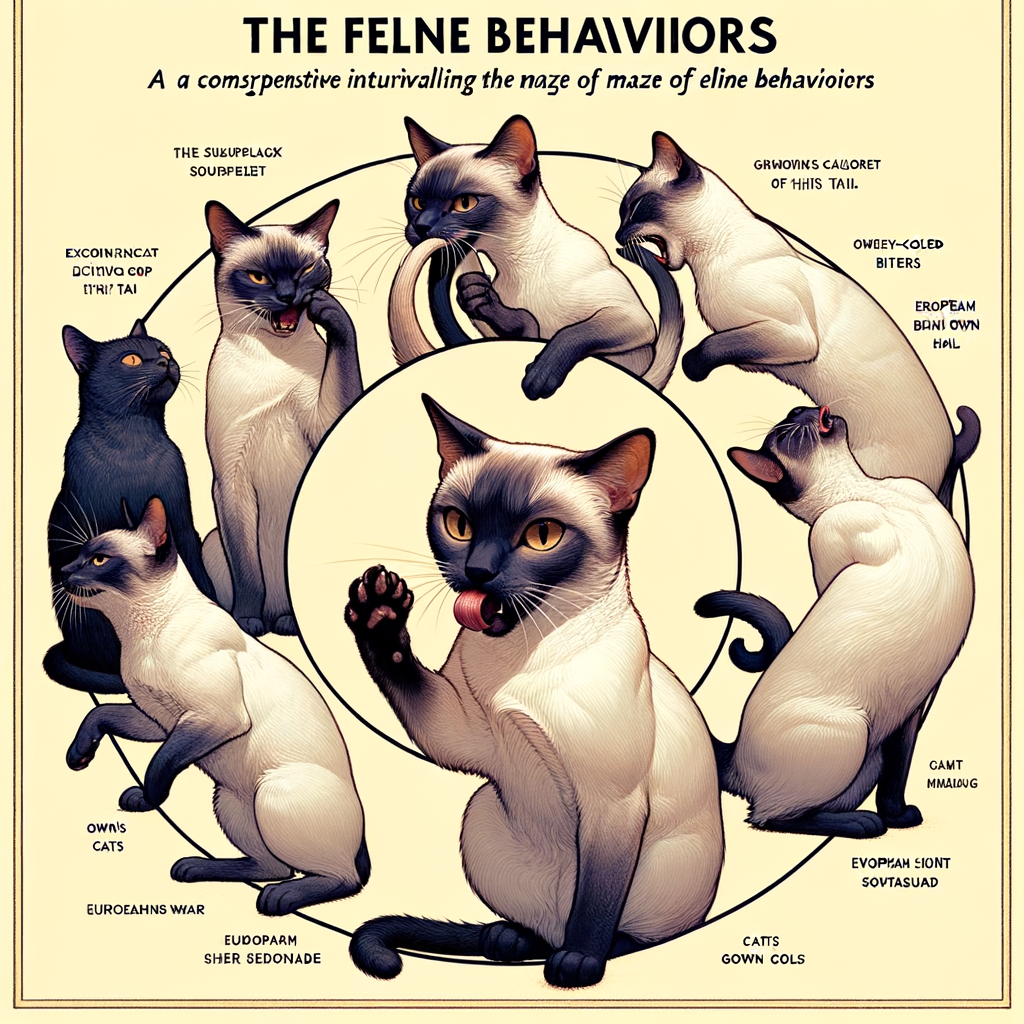
Introduction to Understanding Cat Behavior
Have you ever wondered why your feline friend behaves in a certain way? Understanding cat behavior can be a fascinating and rewarding aspect of pet ownership. In this article, we will explore the importance of understanding feline behavior and debunk some common misconceptions about cat behavior.
- Importance of Understanding Feline Behavior
- Common Misconceptions about Cat Behavior
Understanding your cat’s behavior is essential for a number of reasons. Firstly, it can help you build a stronger bond with your pet. When you understand why your cat behaves in a certain way, you can respond in a way that makes them feel loved and understood. This can greatly enhance your relationship with your cat.
Secondly, understanding cat behavior can help you identify any potential health issues. Cats are known for their ability to hide pain and illness, so changes in behavior can often be the first sign that something is wrong. By understanding what is normal for your cat, you can spot any changes and seek veterinary help if needed.
There are many misconceptions about cat behavior, and understanding these can help you better understand your feline friend. One common misconception is that cats are solitary animals. While cats are more independent than dogs, they still enjoy and benefit from social interaction with their human family members and other pets.
Another common misconception is that cats are aloof and unaffectionate. In reality, cats show affection in different ways than dogs. They may not wag their tails or jump up and down when you come home, but they show their love in subtle ways, like rubbing against your legs or purring when you pet them.
In the following sections, we will delve deeper into specific cat behaviors, such as licking and biting, to help you better understand your feline friend.
Decoding Cat Actions: The Basics
Understanding our feline friends can sometimes be a challenge. Cats communicate in a variety of ways, and it’s up to us to learn their language. In this section, we will explore the basics of decoding cat actions.
- Understanding the language of cats
Cats have a complex language that they use to communicate with us and other animals. They use a combination of body language, vocalization, and even scent to express their feelings and intentions. Here are some key aspects of cat language:
- Body Language: A cat’s body language can tell you a lot about what they’re feeling. For example, a cat with its tail straight up is usually happy and confident, while a cat with its tail tucked between its legs is scared or anxious.
- Vocalization: Cats use a variety of sounds to communicate. A purr usually means they’re content, while a hiss means they’re upset or threatened.
- Scent: Cats use scent to mark their territory. If your cat is rubbing against you, it’s not just being affectionate – it’s also marking you as its own!
- Common cat behaviors and their meanings
Now that we understand the basics of cat language, let’s look at some common cat behaviors and what they mean:
| Behavior | Meaning |
|---|---|
| Kneading | This is a sign of contentment. Cats knead when they’re happy and relaxed. |
| Scratching | Cats scratch to mark their territory and to keep their claws sharp. |
| Chattering | This is often a sign of frustration or excitement, usually seen when a cat is watching birds or other prey. |
Understanding your cat’s actions can help you build a stronger bond with your feline friend. Remember, every cat is unique and may communicate in slightly different ways. The key is to pay attention and learn from your cat’s behavior.
Feline Behavior: Licking and Biting
Understanding the behavior of our feline friends can sometimes be a mystery. One of the most common behaviors that cat owners observe is licking. Let’s delve into this behavior and understand why cats lick and what it means when they lick you.
Cat Licking Behavior
Cats are known for their grooming habits. They spend a significant amount of their day licking their fur. But why do they do this? Let’s find out.
- Why do cats lick?
- What does it mean when a cat licks you?
Cats lick for several reasons. The most common reason is grooming. Cats are meticulous cleaners and they use their tongues to clean their fur and remove any dirt or parasites. Licking also helps them to regulate their body temperature and stimulate their skin’s oil production, which keeps their fur soft and shiny. Additionally, licking can be a sign of affection or a way to mark their territory.
When a cat licks you, it’s a sign of affection. Cats often lick their owners as a way to bond with them. It’s their way of showing love and trust. However, excessive licking can also be a sign of stress or anxiety. If your cat is licking you excessively, it might be a good idea to consult with a vet.
Understanding your cat’s licking behavior can help you build a stronger bond with your feline friend. It allows you to respond appropriately to their needs and ensure they are happy and healthy.
Cat Biting Behavior
- Understanding why cats bite
Cats bite for various reasons. It could be a form of play, a way to assert dominance, or a reaction to fear or stress. Understanding the context of the bite can help you determine why your cat is biting. - Decoding the different types of cat bites
Not all cat bites are the same. Some bites are gentle and playful, while others can be aggressive and painful. The intensity and frequency of the bites can give you clues about your cat’s feelings and intentions. - Why do cats lick and then bite?
Cats often lick before biting as a part of their grooming behavior. However, if the licking is followed by a bite, it could mean that your cat is overstimulated and wants you to stop petting them. - Understanding the lick and bite conundrum
The lick and bite sequence can be confusing for cat owners. It’s important to pay attention to your cat’s body language to understand if they are enjoying the interaction or if they are feeling uncomfortable. - Case Study 1: The Licking Cat
Consider the case of Whiskers, a domestic short-haired cat. Whiskers would often lick her owner’s hand, a sign of affection and bonding. However, when the petting continued for too long, Whiskers would bite to signal that she had had enough. - Case Study 2: The Biting Cat
Then there’s Tiger, a tabby cat who would often bite his owner. After observing Tiger’s behavior, it was clear that the bites were a form of play and not aggression. Tiger needed more playtime and toys to channel his energy. - Case Study 3: The Lick and Bite Cat
Lastly, consider Bella, a Siamese cat who would lick and then bite her owner. Bella’s behavior indicated that she was overstimulated and needed a break from the interaction. - Understanding your cat’s behavior
Understanding why your cat licks and bites can help you respond appropriately and improve your relationship with your cat. Remember, every cat is unique and what works for one may not work for another. - How to respond to cat licks and bites
When your cat licks or bites, it’s important to respond calmly and gently. If your cat is biting aggressively, try redirecting their attention to a toy. If your cat licks and then bites, it might be a sign that they need a break from the interaction. - Improving your relationship with your cat through understanding
By understanding your cat’s licking and biting behavior, you can create a more harmonious relationship with your feline friend. Remember, patience and understanding are key when dealing with cat behavior. - Summary of key points
Cats bite for various reasons, including play, dominance, and stress. Pay attention to your cat’s body language to understand their feelings and intentions. Respond to cat licks and bites calmly and gently to maintain a positive relationship. - Final thoughts on understanding cat behavior
Understanding your cat’s behavior can be challenging, but it’s also rewarding. By taking the time to understand why your cat licks and bites, you can improve your relationship with your cat and create a happier, more comfortable environment for both of you.
